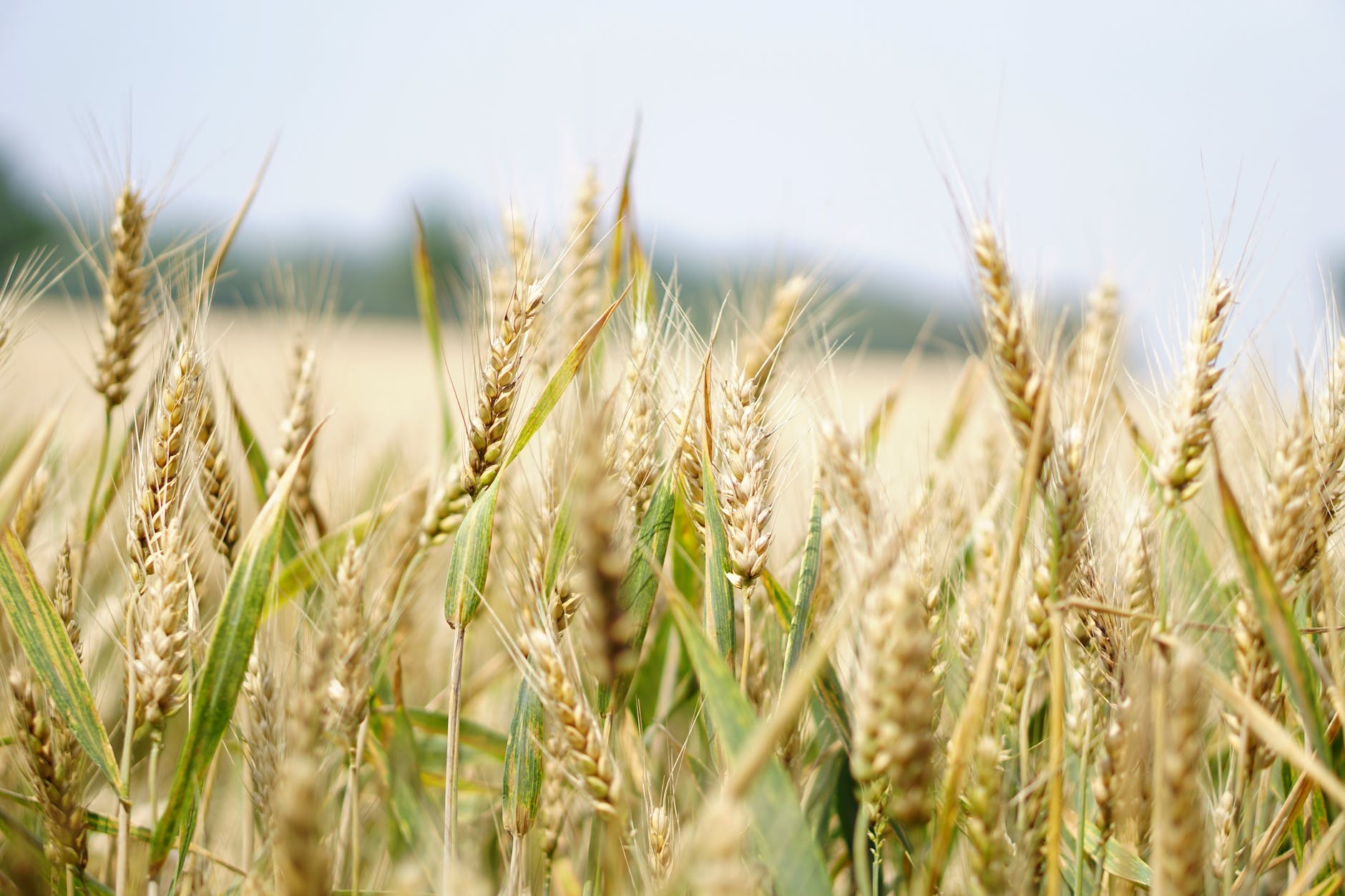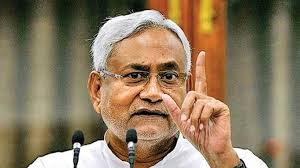World Food Day, a day to commemorate the founding of the United Nations Food and Agriculture Organization. The day is celebrated around the world with the purpose of heightening public awareness about the problems of hunger, malnutrition, and poverty. This year’s theme is “Grow, Nourish, Sustain. Together.” And it couldn’t have come at a more apt time. India is staring at a food grain shortage.
World Food Day, which is celebrated every year on October 16, is a day to increase awareness and action for those who suffer from hunger and for the need to ensure food security and nutritious diets for all.
The theme of World Food Day 2020 is “Grow, Nourish, Sustain. Together.” The COVID-19 pandemic has affected us all, but it has hit the most vulnerable the hardest – including the 821 million people who were already suffering from hunger before the pandemic began.
The pandemic has also had a major impact on food systems around the world – from farm to fork. It has highlighted just how vulnerable our food systems are and how important it is to make them more resilient.
This year’s World Food Day offers a chance to reflect on what we have learnt from the pandemic about our food systems and what needs to change so that they can be more resilient in the face of future shocks.
The reasons for the potential food grain shortages in India are many and varied. First, India’s population is growing at an alarming rate. Second, much of the country’s farmland is being lost to development. Third, droughts and floods have become more common in recent years, making it difficult to grow crops. Fourth, the Indian government has been slow to invest in agricultural infrastructure. Finally, poor storage and transportation facilities make it difficult to get food grains to market.
All of these factors add up to a perfect storm that could lead to widespread hunger in India. The government is aware of the problem and is taking steps to address it, but it will be an uphill battle.
The year 2020 has been a difficult one for many countries around the world. India is no exception. The Covid-19 pandemic has had a profound impact on the country, causing widespread economic disruption and job losses. One of the most significant impacts of the pandemic has been on the food supply chain.
The lockdown imposed in March 2020 led to a sudden stoppage of movement of people and goods. This had a severe impact on the supply of foodgrains, as farmers were unable to transport their produce to markets. The result was a sharp increase in food prices, and a shortage of essential commodities such as rice and wheat.
The government has taken steps to address the situation, including increasing imports of foodgrains and providing financial assistance to farmers. However, with the country’s population continuing to grow, and demand for food grains remaining high, it is clear that India is facing a long-term challenge in terms of food security.
The problem of food grain shortages is not new to India. The country has been facing this issue for many years now, and it seems to be only getting worse. The main reason for the shortage is the growing population. India is expected to surpass China as the world’s most populous country by 2027, and with more mouths to feed, the demand for food grains is only going to increase.
The government has been trying to address the issue by increasing production, but that has not been enough. The country needs to find a way to increase its food grain supply so that it can meet the demands of its growing population. One way to do this is by increasing imports. India currently imports about 10% of its wheat and rice needs, but that could be increased. Another way to address the shortage is by increasing storage capacity. At present, India has the capacity to store about 60 million tones of grain, but experts say that figure needs to be closer to 100 million tones in order to meet future demand.
The government is also working on a scheme to provide subsidized food grains to poor families through the public distribution system (PDS). However, there are some concerns about this scheme, as it may not be able reach all those who need it due to corruption and inefficiency in the system.
It is clear that more needs to be done if India is going to address its food grain shortage problem. The government needs to continue working on increasing production and storage capacity
As World Food Day approaches, it is important to reflect on the state of food security in India. With a population of over 1.3 billion people, India is one of the world’s most populous countries and faces a number of challenges in ensuring that everyone has enough to eat. While there are concerns about a potential food grain shortage, India has made progress in recent years in improving food security for its citizens. With continued efforts, India can continue to make progress on this important issue.
- Quantum Breakthrough: Room-Temperature Superconductivity Achieved
- India’s Cricket Fervor Hits Fever Pitch as World Cup Final Nears
- India Takes on Australia in the 2023 ICC Men’s Cricket World Cup Final
- Pharma Jobs: AIIMS Raipur Announces Direct Recruitment for 31 Pharmacist and Dispensing Attendant Positions; Applications Open till July 31, 2023
- Got Utkarsh Small Finance Bank IPO? Find Out NOW! Simple Steps to Check Your Allotment Status!
- Voltas and Zee Entertainment Lead as Volume Toppers in Stock Market; See High Trading Activity








